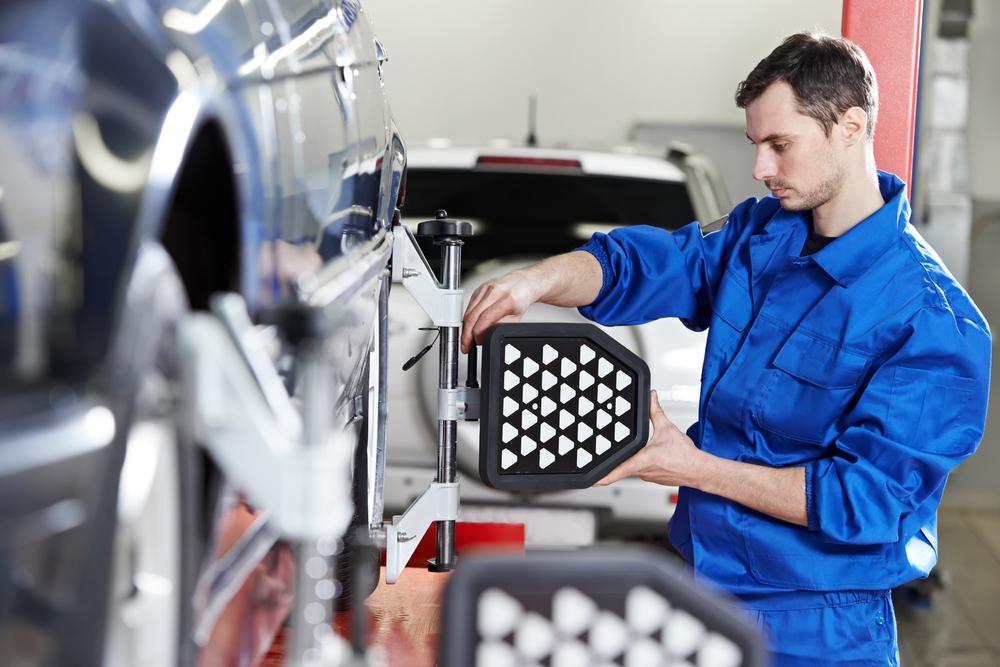Comprehensive Guide to Key Vehicle Wheel Alignment Types
Learn about the essential types of vehicle wheel alignment, including front-end, thrust angle, and four-wheel adjustments. Proper alignment ensures better handling, safety, and longer tire life. Recognizing signs of misalignment, such as pulling or uneven wear, can save you money and improve driving performance. Regular professional inspections and timely adjustments help maintain optimal vehicle operation and extend the lifespan of tires and suspension components.

Comprehensive Guide to Key Vehicle Wheel Alignment Types
If you notice your vehicle pulling to one side or uneven tire wear, it could be a sign of wheel misalignment. Common causes include impacts from potholes, curb collisions, or general wear over time. Properly aligned wheels improve handling, fuel efficiency, and tire life. Diagnosing misalignment is simple, and timely correction ensures your vehicle remains safe and performs optimally.
Key types of wheel alignment include:
Front-end alignment adjusts the front wheels to ensure they are parallel and properly aligned with the vehicle's centerline. It often involves toe-in or toe-out adjustments depending on suspension design.
The thrust angle alignment ensures the vehicle moves straight by aligning the rear and front axles, maintaining a proper thrust angle. Misalignment can cause steering issues and uneven tire wear.
Four-wheel alignment is essential for vehicles with independent suspension systems, aligning all four wheels individually to prevent handling problems and uneven tire deterioration.
Note:
Our blog shares practical information across diverse automotive topics. While we aim for accuracy, always consult a professional for precise assessments. We are not responsible for any discrepancies or missing offers that may benefit you.


